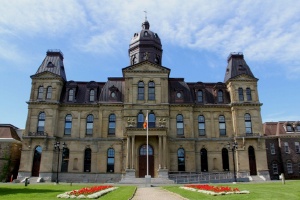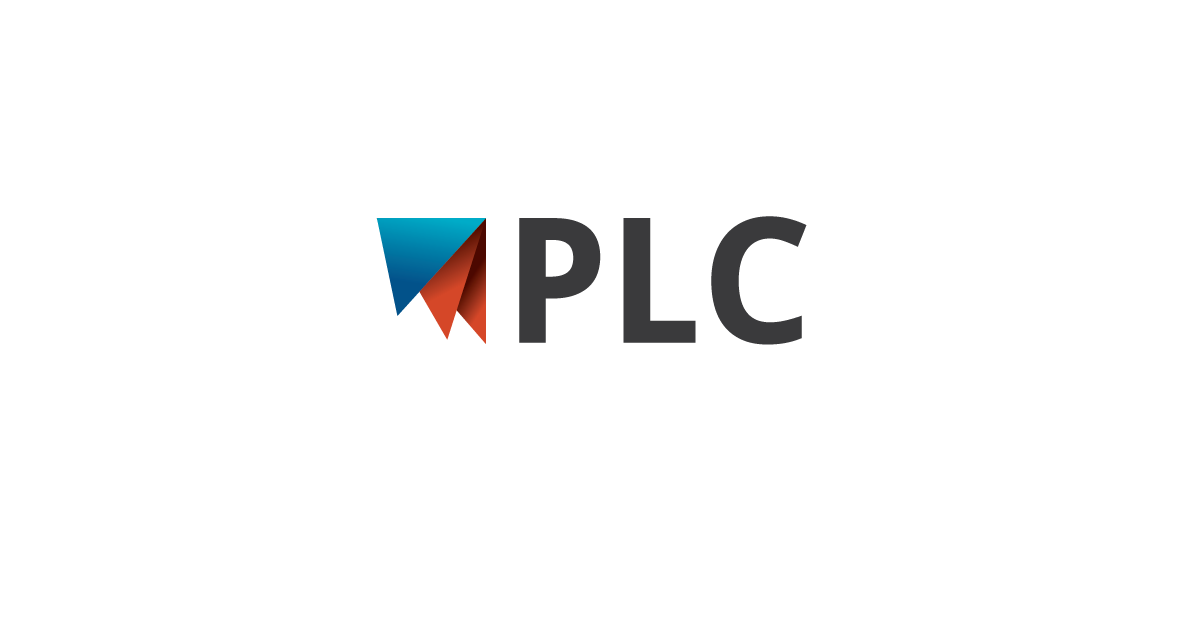 The Legislative Assembly Building has been the seat of government in New Brunswick since it opened in 1882. The building has been officially declared a protected historic site under the Historic Sites Protection Act.
The Legislative Assembly Building has been the seat of government in New Brunswick since it opened in 1882. The building has been officially declared a protected historic site under the Historic Sites Protection Act.
The building interior is timber construction consisting of two above grade floors, a large attic space, and a basement. The main fire protection feature in the building was a dry pipe sprinkler system that was installed in 1933-1934. Since then sections of the system’s piping were replaced and the building has undergone changes.
System testing confirmed that the system would not perform as intended. The main issues were:
- Corrosion of original black steel pipe
- Obstructed piping impeding water flow
- Poor water supply
PLC was retained to prepare the design for the replacement of the sprinkler protection for the building on a phased basis over 4 years. The phases included:
- Firewater booster pump installation
- Attic space protection
- Second Floor and Basement protection
- Ground Floor and remaining miscellaneous areas
The PLC work included preparation of tender documents (drawings and specifications) for bid purposes as well as construction contract administration duties.
The main challenges with the project included:
- Available drawings did not accurately reflect the existing sprinkler system layout
- Presence of combustible concealed spaces throughout building
- Need to retain historic characteristic of occupied spaces by minimizing exposed piping
Much of the existing sprinkler piping was concealed in finished walls and ceiling spaces. Due to the lack of accurate sprinkler system drawings non-destructive and minimal destructive investigation methods were used to locate existing pipe runs.
Sprinkler locations and pipe runs were designed to match the existing system locations where possible. Where practical, to maintain the characteristics of the building, sprinkler piping was concealed in ceiling and wall spaces. Also, where practical, sprinkler protection was provided in concealed spaces. Where it was not practical to sprinkler concealed spaces, such as combustible spaces in floor assemblies, filling the spaces with noncombustible insulation was done to comply with NFPA 13.
PLC oversaw construction contract administration for this project, with great consideration given to the impact of the sprinkler system piping retrofit on the heritage value of this historic building. Among the obstacles encountered were ensuring that all concealed spaces were found and properly protected, repairing plaster finishes and phased construction.






